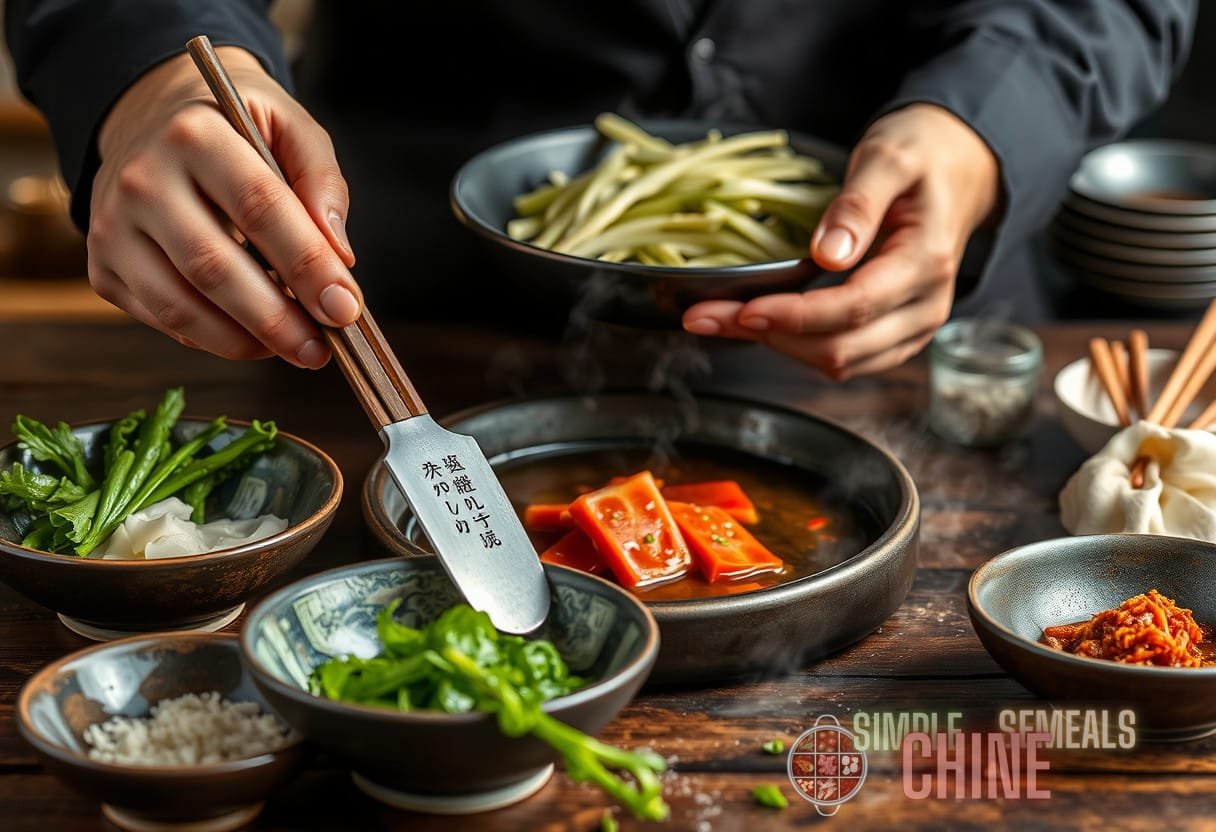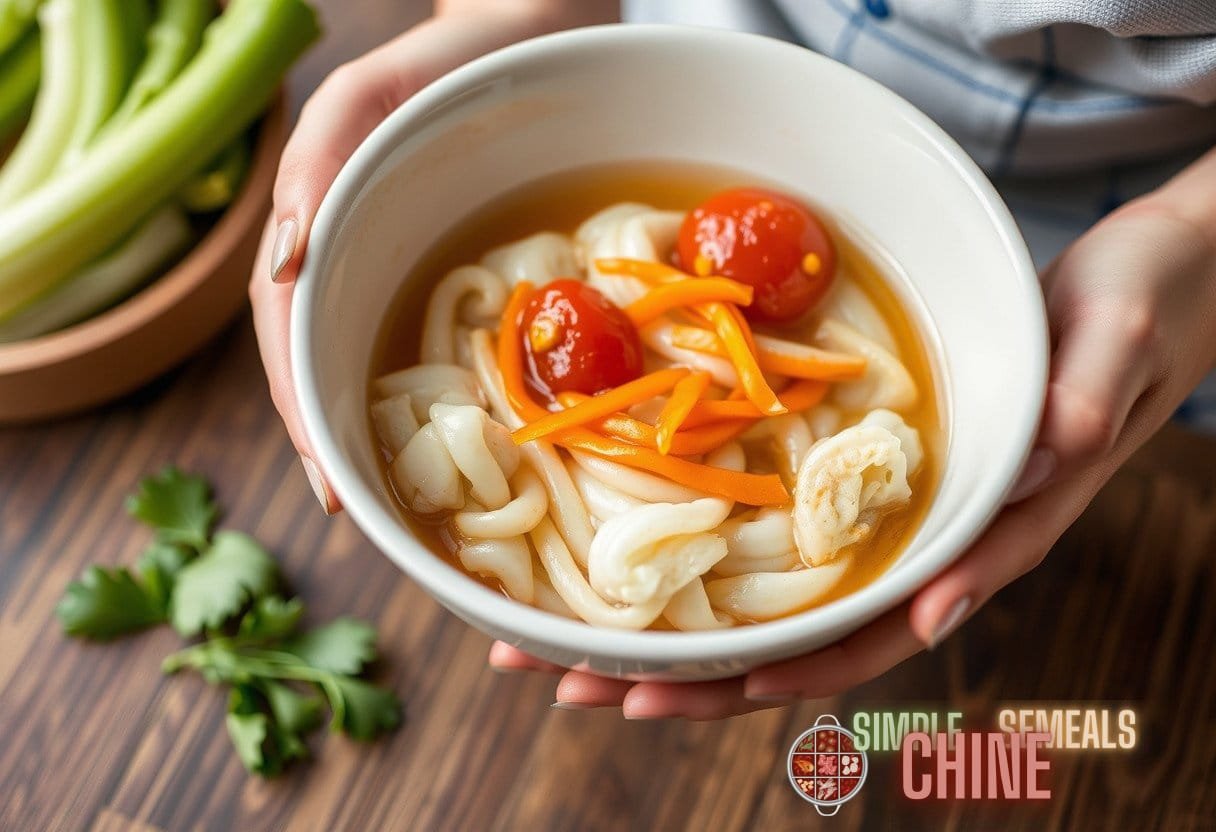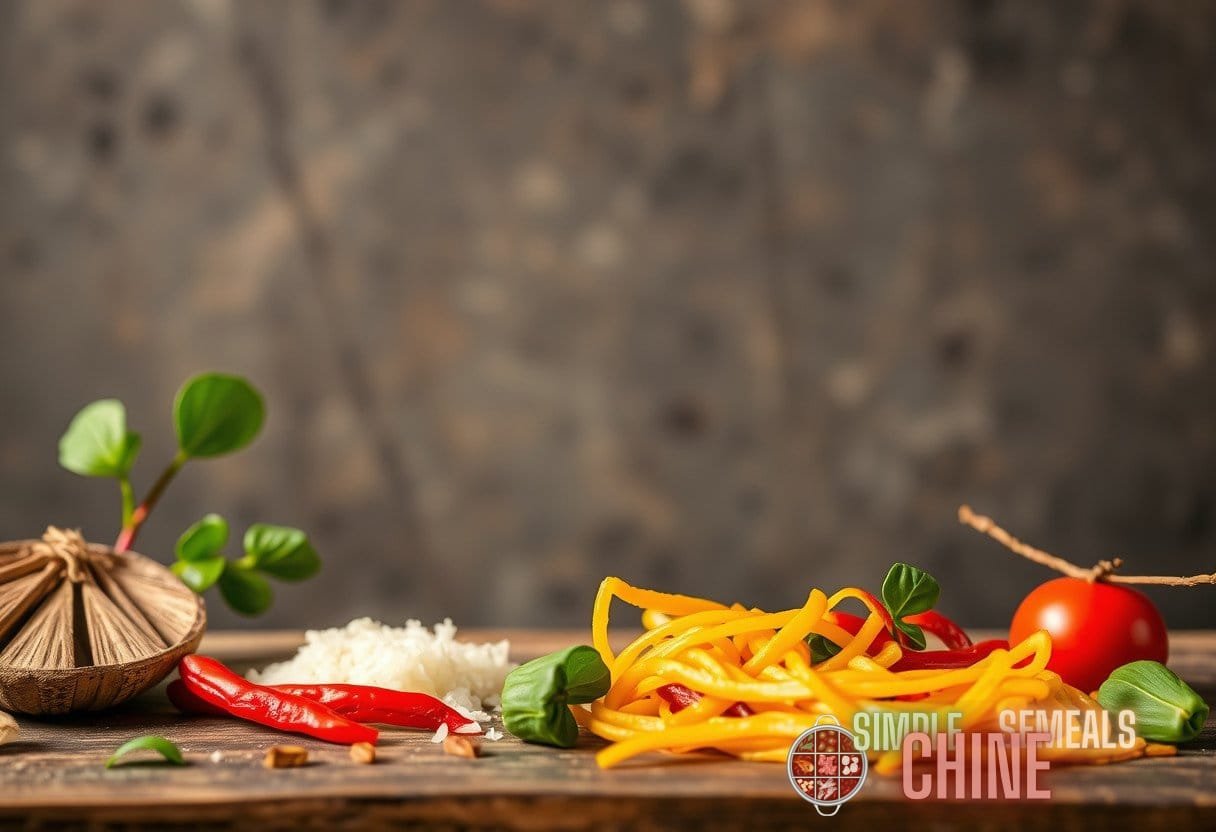Integrating Science and Tradition: The Role of Ancestral Techniques in Modern Chinese Cuisine
Chinese cuisine, with its remarkable diversity and rich history, stands as a vibrant testament to the country’s cultural heritage. The role of heritage cooking techniques has evolved considerably, blending seamlessly with modern culinary practices to create a unique gastronomic experience that resonates with both tradition and contemporary flair.
The Historical Context of Chinese Cuisine
Chinese cuisine is not merely about food; it is an embodiment of the philosophy, history, and way of life of the Chinese people. Each dish holds a story, reflecting regional variations, personal traditions, and historical events that have shaped culinary practices over centuries:
- Dynastic Influence: Different dynasties contributed distinct flavors and techniques, such as the imperial culinary arts during the Tang and Ming dynasties.
- Regional Diversity: From the bold, spicy notes of Sichuan cuisine to the delicate, subtle flavors of Cantonese, the regional variations showcase the adaptability of heritage cooking techniques.
- Traditional Festivals: Foods prepared during festivals, like dumplings for the Lunar New Year or mooncakes for the Mid-Autumn Festival, highlight the importance of culinary customs in community and family gatherings.
Key Features of Traditional Chinese Cooking Techniques
At the heart of Chinese cuisine lies a myriad of heritage cooking techniques that ensure the preservation of flavors and nutrients:
1. Stir-frying
This fast cooking method uses high heat and a small amount of oil, allowing ingredients to retain their nutrients while developing a unique charred flavor. The technique, rooted in the Southern provinces, involves precise timing and temperature control.
2. Steaming
A pervasive method in Chinese kitchens, steaming is lauded for preserving the natural flavors and colors of ingredients. Studies have shown that steaming vegetables retains more nutrients compared to boiling. This technique also extends to dim sum, showcasing how traditional methods can enhance presentation and dining experience.
3. Fermentation
Fermented foods, such as soy sauce and pickled vegetables, are not only rich in umami flavor but also boast numerous health benefits, including improved gut health. The science behind fermentation allows the development of complex flavors, adding depth to modern dishes.
4. Braising and Stewing
Long, slow cooking methods are prevalent in various regional dishes, particularly in winter fare. These methods enhance the taste of meats and vegetables while also integrating spices, creating a warming effect suited for colder months.
The Synergy of Science in Cooking
Modern Chinese chefs are increasingly integrating scientific principles into their culinary practices. This synergy results in exquisite fusion dishes that honor traditional methods while embracing innovative techniques:
Understanding Flavor Chemistry
Flavor chemistry plays a critical role in cooking. By understanding how different ingredients interact on a molecular level, chefs can create balanced dishes. For example, the Maillard reaction, which occurs between amino acids and sugars during cooking, develops complex flavors that are characteristic of caramelized and grilled foods.
Innovative Cooking Technologies
Modern technologies such as sous-vide cooking and molecular gastronomy are being employed by chefs to experiment while keeping the essence of Chinese cuisine intact. Sous-vide, for instance, allows precision cooking by vacuum sealing ingredients and cooking them in temperature-controlled water baths, ensuring optimal tenderness and moisture retention.
Case Studies: Restaurants Blending Tradition and Modernity
Several prominent restaurants in China and across the globe excel in this integration. They utilize heritage cooking techniques alongside scientific methods:
1. Din Tai Fung
Known for its iconic soup dumplings, Din Tai Fung employs traditional dumpling-making techniques while utilizing modern kitchen technology to ensure consistency and quality in each dish. Their meticulous process involves the perfect balance of water content and dough texture, showcasing the combination of tradition and modern culinary science.
2. Mott 32

This New York City restaurant reflects a modern take on Chinese cuisine by using high-quality local ingredients while implementing techniques like rotisserie and fermentation. The chef merges traditional dishes such as Peking duck with contemporary presentation and flavors.
The Nutritional Benefits of Heritage Cooking Techniques
Employing heritage cooking techniques contributes significantly to healthier eating habits. Traditional Chinese cooking emphasizes balance—between flavors, colors, and nutrients:
- Whole Ingredients: Traditional recipes frequently incorporate whole grains, seasonal vegetables, and lean proteins, promoting health and wellness.
- Minimal Processed Foods: Emphasis on fresh, local ingredients leads to dishes that are lower in preservatives and additives.
- Balanced Meals: Chinese meals are typically composed of various dishes, allowing a wide range of nutrients and flavors to be enjoyed.
Preservation of Cultural Identity Through Cuisine
Food serves as a bridge linking generations. The emphasis on heritage cooking techniques ensures that cultural practices are passed down, enriching social bonds and cultural identity:
1. Family Traditions
Many families celebrate milestones and traditions through food preparation. Recipes passed down from grandparents instill a sense of belonging and connection to history. For instance, making dumplings is often seen as a family event, where various generations gather to prepare and eat together.
2. Culinary Education
With the growing interest in culinary schools, there is a renewed focus on traditional Chinese cooking techniques. Programs offer courses on heritage cooking techniques, ensuring that these invaluable skills continue to be honed in future chefs.
Challenges Facing Traditional Practices in Modern Times
Although there’s a resurgence in valuing traditional cooking techniques, there are challenges that threaten the existence of heritage cooking techniques:
- Rapid Urbanization: In urban areas, fast food and convenience have overshadowed home-cooked meals, leading to a decline in traditional practices.
- Globalization: As international tastes gain popularity in culinary scenes, traditional flavors may be altered or forgotten.
- Environmental Changes: Climate change affects local agriculture, which can impact ingredient availability and traditional recipes dependent on specific crops.
The Future of Chinese Cuisine: Bridging Past and Present
The future of Chinese cuisine lies in its ability to adapt while preserving its core values. By embracing both heritage cooking techniques and scientific advancements, the culinary landscape can evolve without losing its roots.
1. Innovation Within Tradition
Chefs are experimenting with how traditional dishes can be modernized without sacrificing authenticity. Interestingly, aesthetic presentation combined with innovative techniques, such as deconstruction and reassembly of classic dishes, is on the rise.
2. Sustainable Practices
The incorporation of sustainable practices in sourcing and cooking is becoming essential. Encouraging local farming and seasonal cooking can revitalize traditional recipes while minimizing environmental impact.
3. Global Culinary Exchange
The cross-cultural culinary exchange is an exciting development, where chefs from across the globe explore Chinese techniques while infusing their own cultural dishes. This not only enriches the overall food experience but also invites recognition and respect for heritage cooking techniques.
Conclusion
In conclusion, the synthesis of ancestral techniques with modern insights forms the backbone of contemporary Chinese cuisine. By recognizing the value of these heritage cooking techniques, we not only preserve a critical aspect of Chinese culture but also unlock culinary potential for future generations. As the world embraces these rich culinary traditions, the essential balance of science and heritage will surely redefine the art of Chinese cooking.



